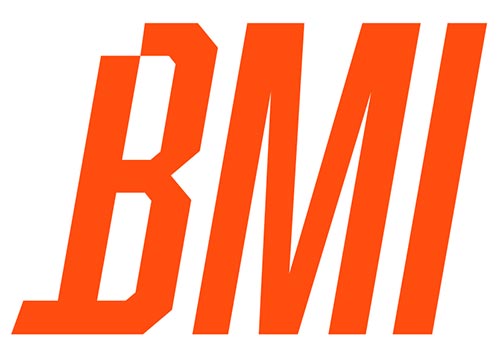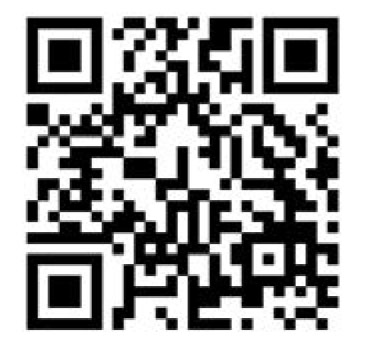Dr. Samuel Montalvo
Postdoctoral Scholar at Stanford University

Introduction
Fitness professionals are always seeking innovative ways to achieve their fitness goals. A very popular technique to maximize fat burning is via aerobic training using heart rate “Zone 2”. By emphasizing training in this zone, clients can increase their fitness levels, improve cardiovascular health, and ultimately burn more fat.
There are five main heart rate training zones, ranging from Zone 1 (very light) to Zone 5 (maximum effort). Zone 2, often called the “aerobic zone” or “fat-burning zone,” is the sweet spot for maximizing fat oxidation during exercise. In this zone, the body uses a combination of fats and carbohydrates for energy, with a higher percentage coming from fat stores. Zone 2 training helps increase the body’s ability to use fat as fuel, making it ideal for weight loss and overall fitness improvement.
Calculating Zone 2
To effectively target Zone 2, it’s important to first determine a client’s maximum heart rate (MHR). There are various methods to calculate MHR, the most common formula is 220 minus the person’s age (220 – age). Practically speaking, this approach can be used in most cases, however, this approach has limitations and might not provide accurate results for everyone.
For a more precise estimate of MHR, you may opt to conduct a ¿submaximal or maximal exercise test, such as the YMCA step test or a treadmill-based test. Once MHR is determined, Zone 2 is typically estimated as 60-70% of the MHR. For instance, if a 30-year-old has an MHR of 190 beats per minute (bpm), their Zone 2 would be 114-133 bpm.
Monitoring Heart Rate
Heart rate can be tracked using heart rate monitors, chest straps, or even smartphone apps to track their clients’ heart rate in real-time. Our recent publication in the journal of Strength and Conditioning Research (“Commercial Smart Watches and Heart Rate Monitors: A Concurrent Validity Analysis”) showed that the Apple Watch series 6 and 7 are reliable and valid heart rate monitors, however, a chest strap has greater validity than the watches when compared to a 12-lead electrocardiogram.
one 2 Training Tips
Start Slow: Gradually introduce Zone 2 workouts. Begin with lower-intensity exercises and slowly increase the duration and intensity.
Mix It Up: Incorporate various forms of aerobic exercise, such as walking, cycling, or swimming, to keep workouts interesting and engaging for your clients.
Incorporate Intervals: To increase cardiovascular fitness and overall calorie burn, consider incorporating high-intensity interval training (HIIT) alongside Zone 2 training.
Monitor Progress: Regularly assess clients’ progress by tracking changes in their heart rate zones and fitness levels. Adjust their training programs accordingly to ensure continuous improvement.
Calculating Zone 2
Using heart rate to estimate Zone 2 (i.e. 60-70% of maximal heart rate) is a tool for fitness professionals and enthusiasts looking to burn more fat and improve their overall fitness. By understanding and targeting the appropriate heart rate zones, you can design effective, personalized training programs that yield optimal results for your clients and yourself.

